The most beautiful villages in Aude
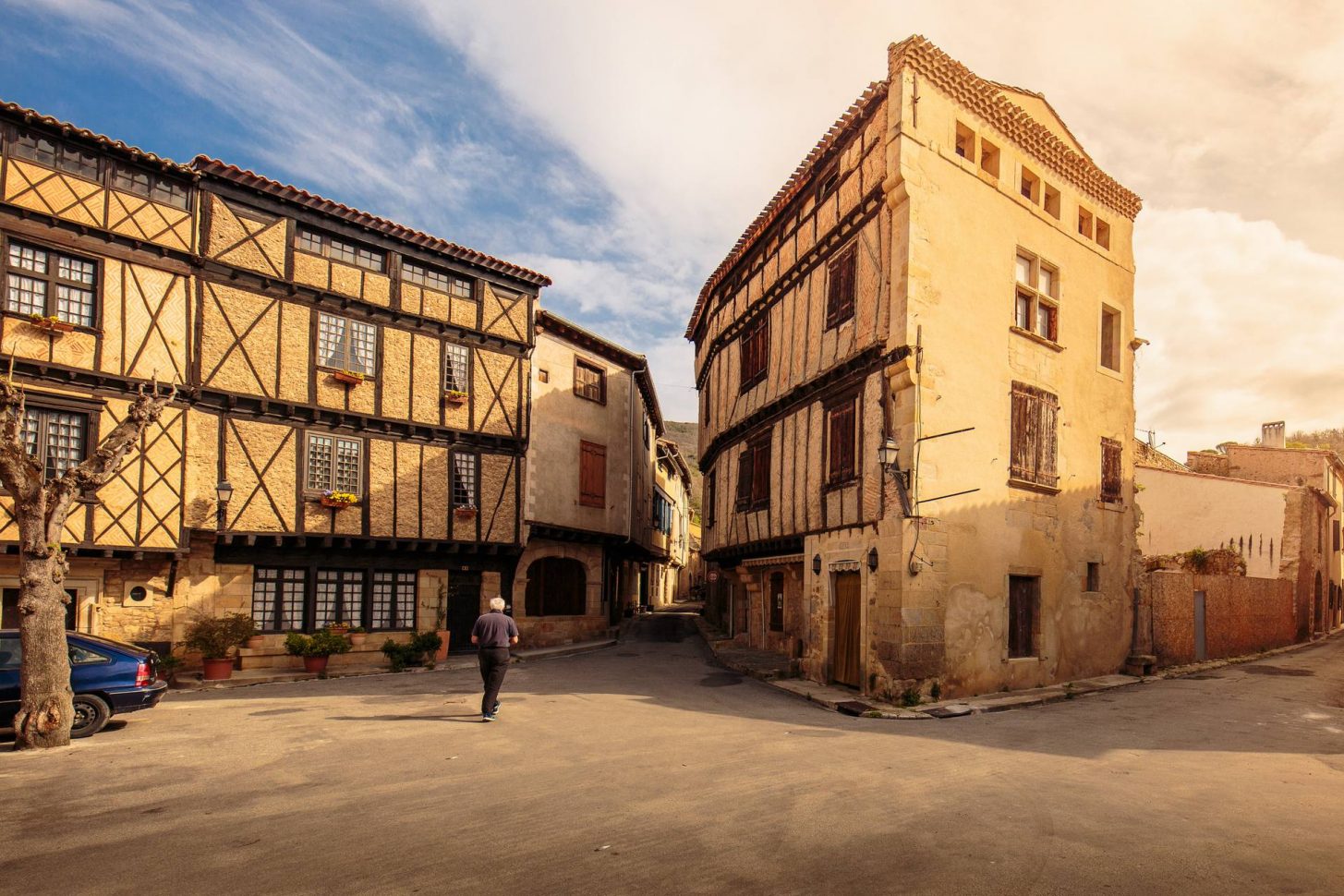
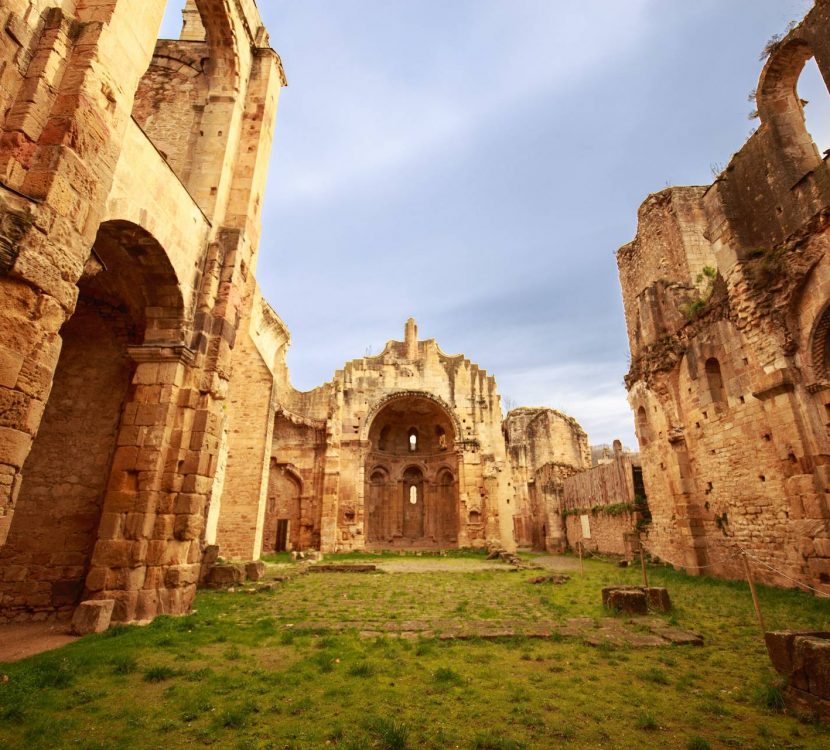
Just off the road between Limoux and Quillan, in the heart of the Upper Aude Valley, the village of Alet-les-Bains discreetly boasts a wealth of architecture and historical heritage!
With its medieval centre and half-timbered houses, including the so-called “house of Nostradamus”, its rampart vestiges and magnificent abbey ruins, it is the perfect place to stay for exploring, recharging your batteries, or trying your luck at the casino on the edge of the village.
Bages can be found a very short distance from Narbonne, within the Narbonne Regional Nature Park. Which makes it an unspoilt haven of tranquillity! The village perched high on the rock above the lagoon is home to a few art galleries and makes a lovely place to stroll, with narrow streets, tiny squares and the occasional glimpse of a tip of the waters. The small-heritage features are full of charm and include an 11th-century sundial, a fountain and the little village square on which it stands, as well as the 13th-century Saint Martin church.
The rampart viewpoint offers one of the region’s most beautiful panoramic views over the lagoon and, in the distance, the Pyrenees.
Bages is small village of winegrowers, craftspeople and fishermen. It is especially well-known for its eel-fishing activity. Here, eels are used to make bourride, a fish stew that you can try in the local restaurants.
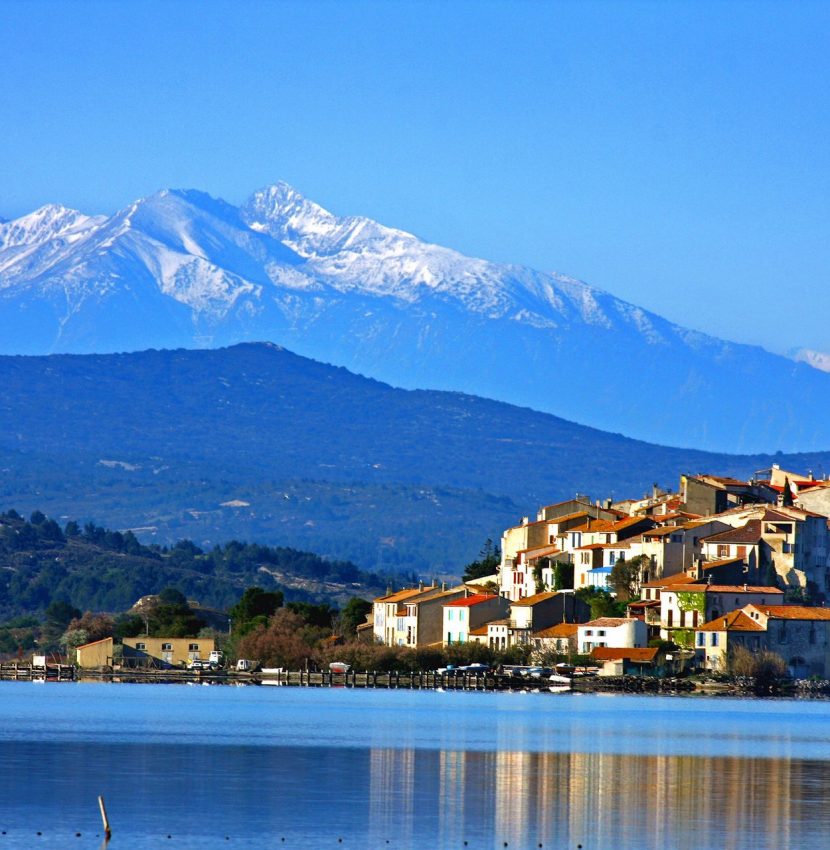
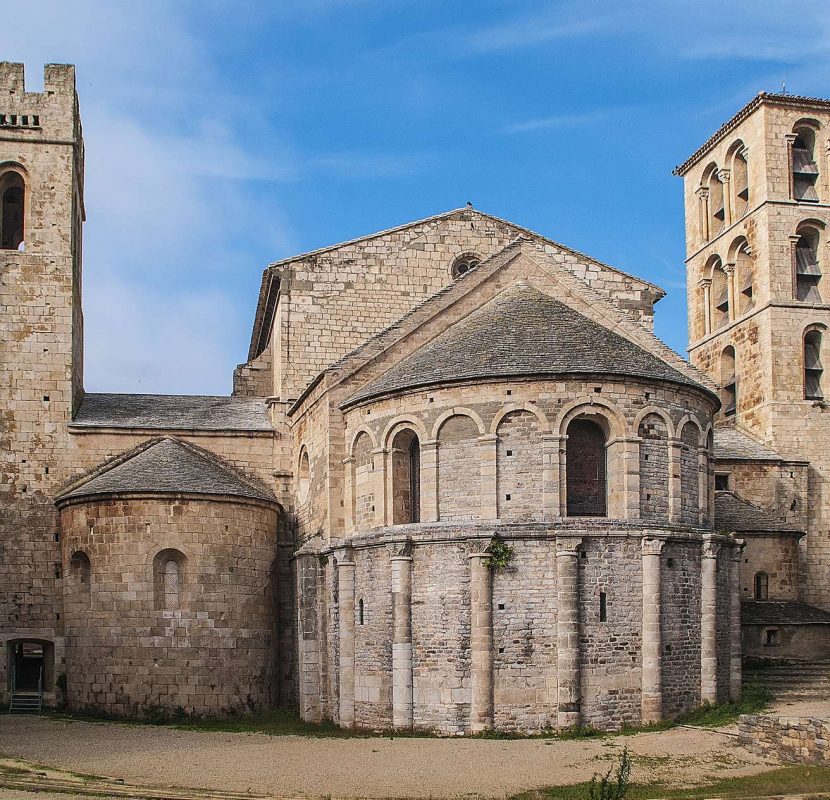
The ancient village is huddled around a massive abbey. But besides the abbey, Caunes-Minervois boasts the vestiges of a rampart wall and some remarkable built heritage. The narrow streets and beautiful private mansions are the most complete ensemble of Renaissance architecture in the entire department of Aude.
For many years, the marble quarries (Carrières du Roy) built the reputation of the village and were the source of its wealth. The crimson-red marble mined under Louis XIV can be found, among other places, in the Palace of Versailles. Some of the quarries of Caunes-Minervois are still operating and can be visited, offering insight into how marble was exploited and the role it played in the local economy for many decades.
In France, practically everybody has heard of Cucugnan. Yet it is just a tiny village! The Sermon of the Priest of Cucugnan is a traditional Languedoc tale about a mischievous priest who tries to guide his flock back to the path of righteousness. The story became famous when Alphonse Daudet published his own version in “Letters from My Windmill”, which has been read by just about everyone in France. So Cucugnan is no imaginary place but an authentic village that stands proudly on a little rocky spur surrounded by vines, at the foot of Quéribus Castle, one of the most spectacular high-perched citadels.
It is lovely to stroll through the village’s shady streets discovering little treasures like the church of Saint Julien and Sainte Basilisse, which is well worth a visit just for the curiosity it conceals: a 17th-century statue of a pregnant Virgin Mary! Not something you see every day! The “Maîtres de Mon Moulin” propose tours of the restored mill and you can purchase products made by the artisan baker. The Achille Mir Theatre stages two shows, one featuring the story of the Priest, the other about Quéribus Castle.
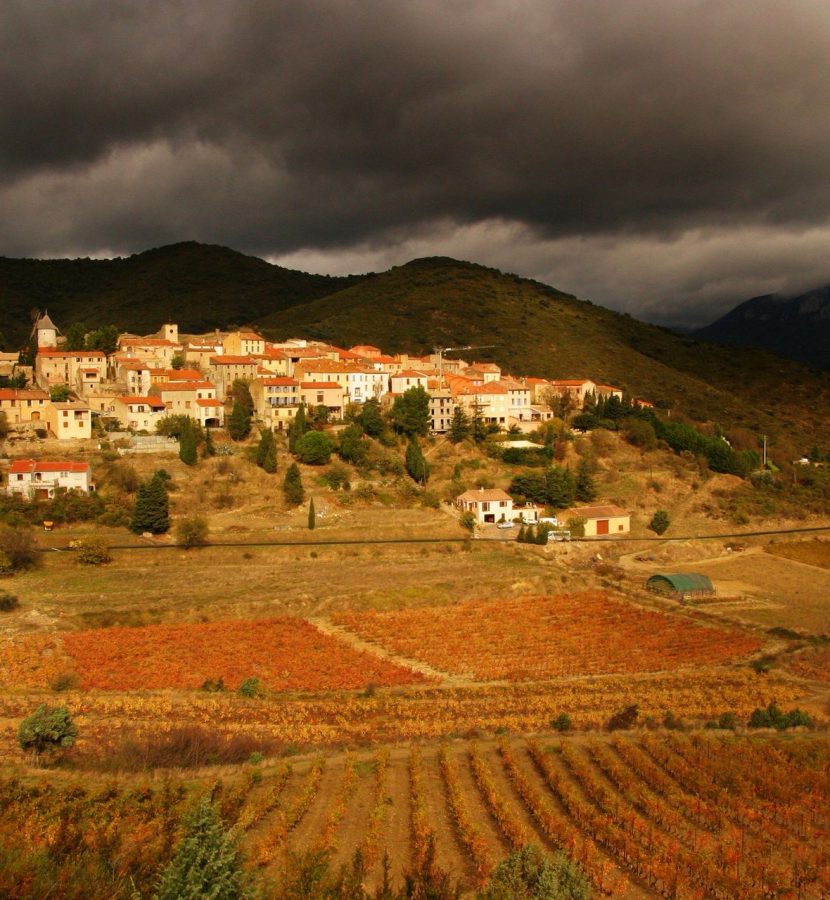
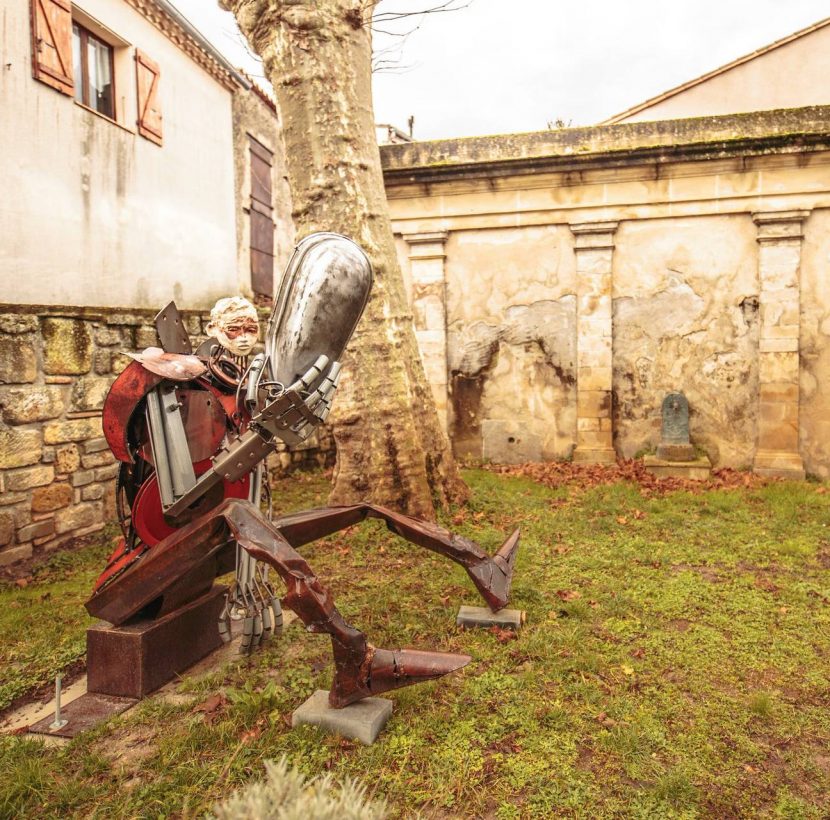
This perched village facing the Pyrenees overlooks the entire Lauragais plain.
It is also a historical hotspot as it was an important stronghold during the Middle Ages when it was dominated by nobles who were sympathetic to Catharism. Saint Dominique came here to preach against the heretics. Features to admire include the old Friars Preachers convent, the church of Notre Dame de l’Assomption, the House of Saint Dominique, and the Seignadou, the village’s highest point from where the entire plain can be observed. There’s a particularly good view of Notre-Dame-de-Prouilhe Monastery.
Discover these key sites during a walk through the village, taking the new art-and-sculpture route – it’s full of surprises!
A lagoon, the sea within arm’s reach, the backdrop of the Pyrenees, a marina with restaurants, and an ancient village arranged around the Barberousse Tower, a vestige of the old medieval castle. Not forgetting the permanent party atmosphere, the surrealistic colours of the salt marshes… and a beach lined with chalets on stilts – quite unique !
This is Gruissan, a village steeped in culture and set in an exceptional environment that teems with heritage and nature.
This magnificent place is just perfect and will appeal to visitors of all ages.
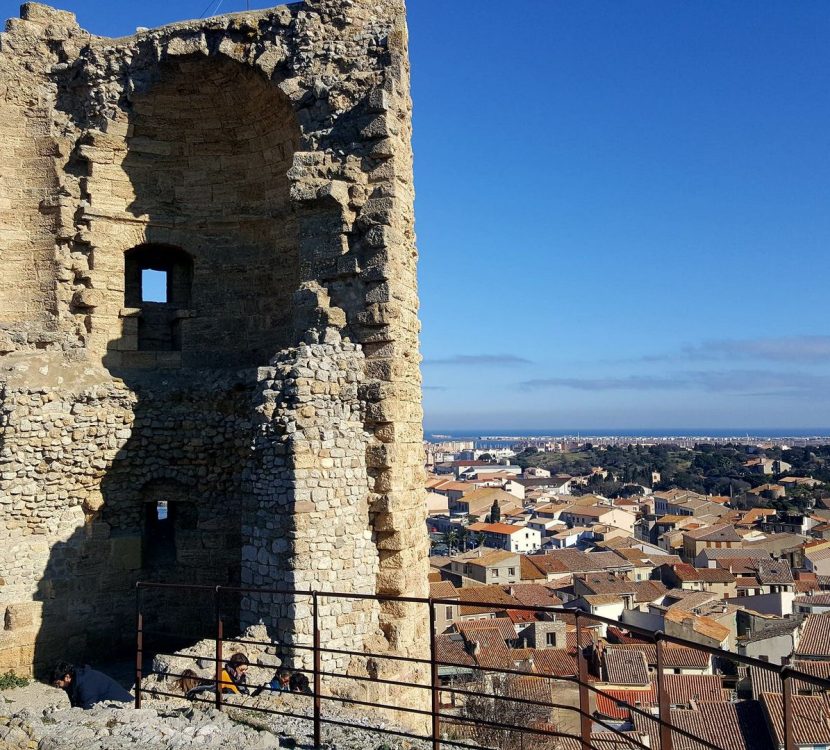
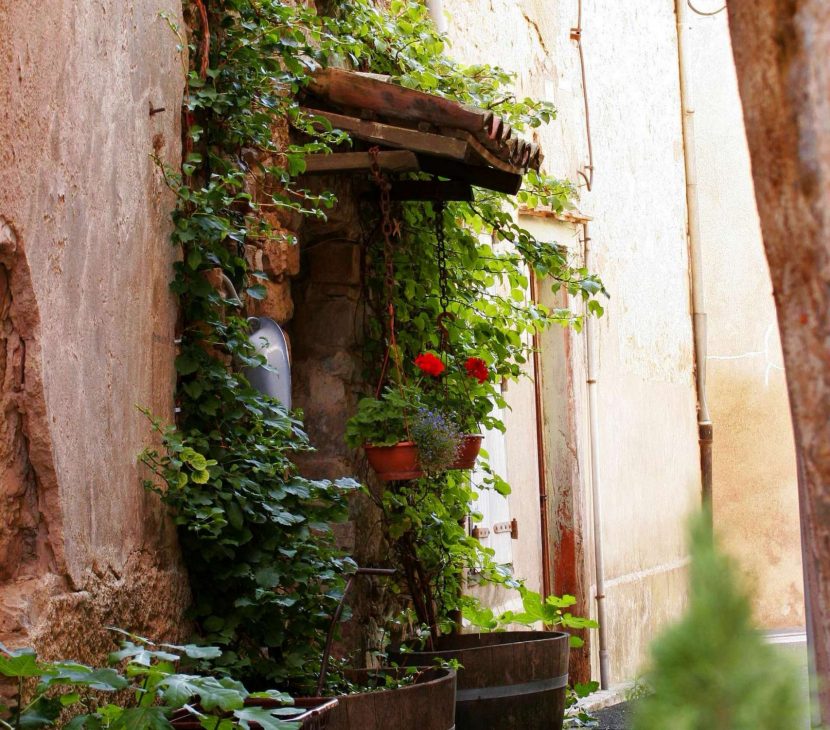
One of the “Most beautiful villages in France”. Arriving from Carcassonne after travelling through the steep, winding valley, your first vision of the village is quite a spectacle, with medieval houses, a Roman bridge across the Orbieu river, and the massive abbey. A walk in the cobblestone streets reveals the covered market hall dating from 1315, a host of private mansions bearing witness to past wealth, and the impressive Saint Michel Church. The many art & craft studios give this village a very special atmosphere.
Cross the River Orbieu to reach the enormous Sainte Marie d’Orbieu Abbey, part of which is still inhabited by monks.
The “Olive Tree Mount” as it is called in Occitan stands on a rocky spur above the Alzeau and Dure gorges. It’s an impressive sight!
Just 18 km from Carcassonne, Montolieu is now a “Village of literature and graphic arts”. Fifteen or so shops sell ancient and second-hand books, and artisans will introduce you to the arts and crafts involved in book-making: illumination, calligraphy, illustration, engraving, binding, etc.. The many artists and galleries make these narrow streets a very pleasant place to wander. There are even some English bookshops!
Contemporary art also has its place here. The former winegrowers’ cooperative, now the Cérès Franco Museum Cooperative, is home to an impressive permanent collection of outsider, primitive and singular art as well as some expressionist works. Currently closed for renovation, we look forward to its reopening!
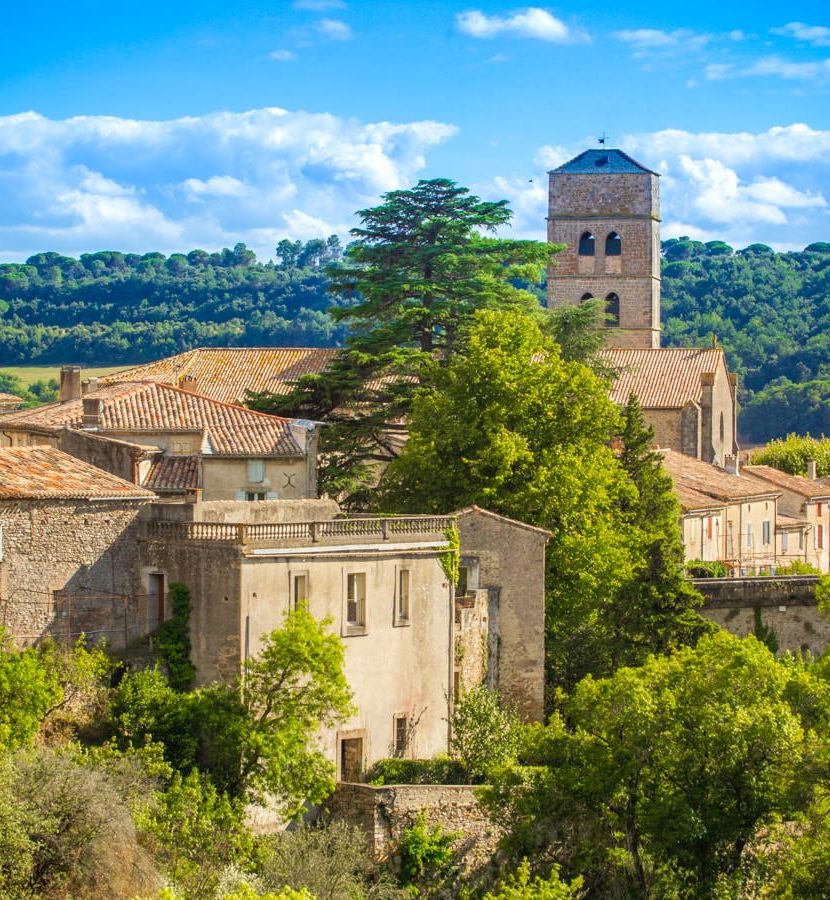
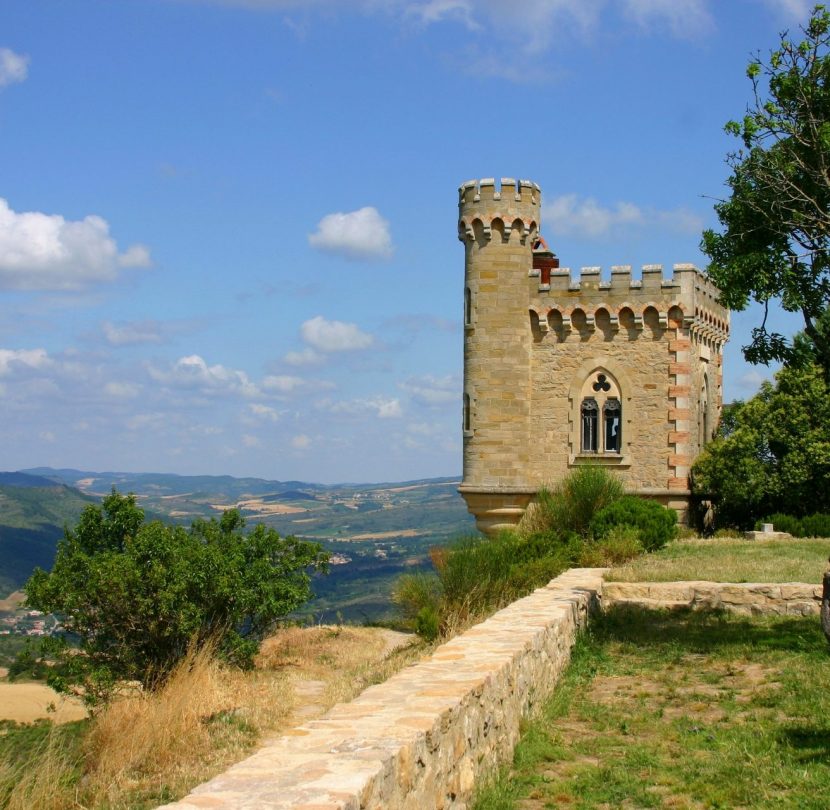
In the Upper Aude Valley, in the heart of Cathar County, Rennes-le-Château hides a mysterious past steeped in history. In the 19th century, during renovation work on the church, the village priest, Abbot Saunière, allegedly found a famous treasure, some documents “of such importance that they might change the face of the earth”. Mere legend or well-kept secret? It’s up to you to form your own opinion!
Rennes-le-Château has an array of sights to visit, where the mystery of the extraordinary country priest still reigns: the church of Sainte Marie-Madeleine (10th century), the church gardens and cemetery, the Presbytery of Abbot Saunière (where he lived from 1885 to 1917) which is now a history and culture centre, and the Estate of Abbot Saunière, via which you can visit the Magdala Tower and Villa Béthania, as well as the oratory and the summerhouse.
To go for a walk in Termes is an adventure in itself. The village nestles at the heart of the Corbières region and the road up to it winds through a magnificent wilderness of vineyard, rock and garrigue. Termes has two distinguishing features, the dizzying Termenet Gorges, a real vertical challenge with 2 tunnels pierced through the rock to accommodate the road, and the just-as-impressive Coyne Pont Gorges which form a natural crater.
The village crouching in the little Sou valley is dominated by a towering hill on which stand the vestiges of the fortress. The picturesque alleys in full bloom and the traditional stone dwellings have been clinging to this rock face since the Middle Ages. The streets have been renovated and paved, and water flows abundantly in the brooks that cross them, cooling the atmosphere around the 13th-century church of Notre Dame.
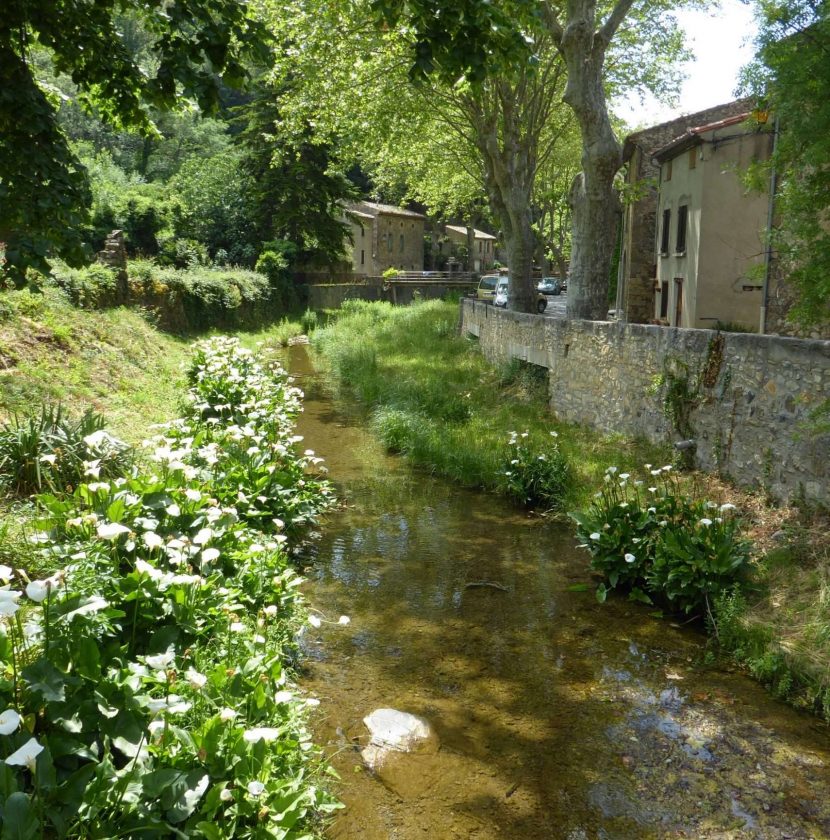
You will also like...
Alet-les-Bains
Bages
Caunes-Minervois
Cucugnan
Fanjeaux
Gruissan
Lagrasse
Montolieu
Rennes le Château
Termes
